It's the AI era.
In the old days, looking for sheet music meant...
Ginza Yamaha
Ochanomizu Ishibashi Bookside
Hongo-Sanchome Academia
There was a time when it was normal to walk around until your legs were tired to find what you needed. Nowadays, fewer people go through that kind of effort.
It's the AI era.
"Ubiquitous" has become a nostalgic term, and the race for faster communication speeds is nearing its end. Humans now sit in chairs, send commands to AI, and simply navigate to their desired destination on the internet based on the results. Easy, right?
Not quite. This is Microsoft Bing we're talking about.
Even when you search...
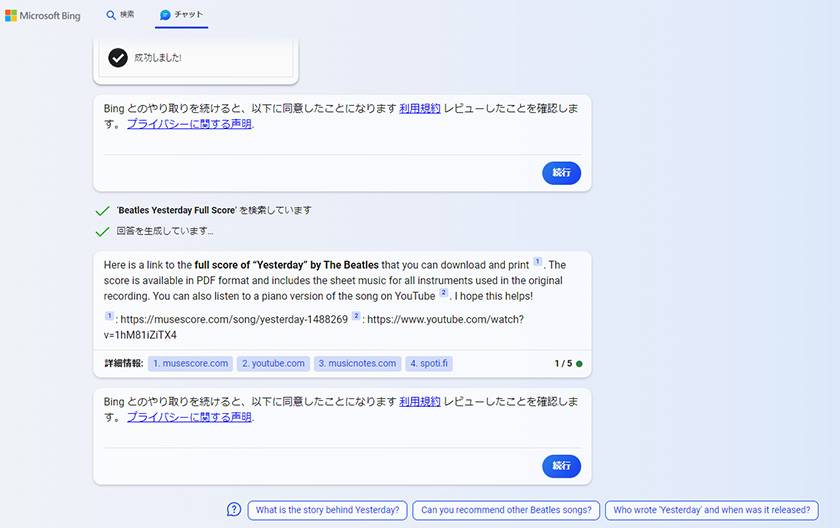


When it comes to a famous song like "Yesterday," there are likely issues with rights, making it not so easy to obtain. While there are plenty of piano arrangements and chord charts, the exact score we need hasn't been found yet.
As I was searching for a solution, a friend of mine provided this image. This is…
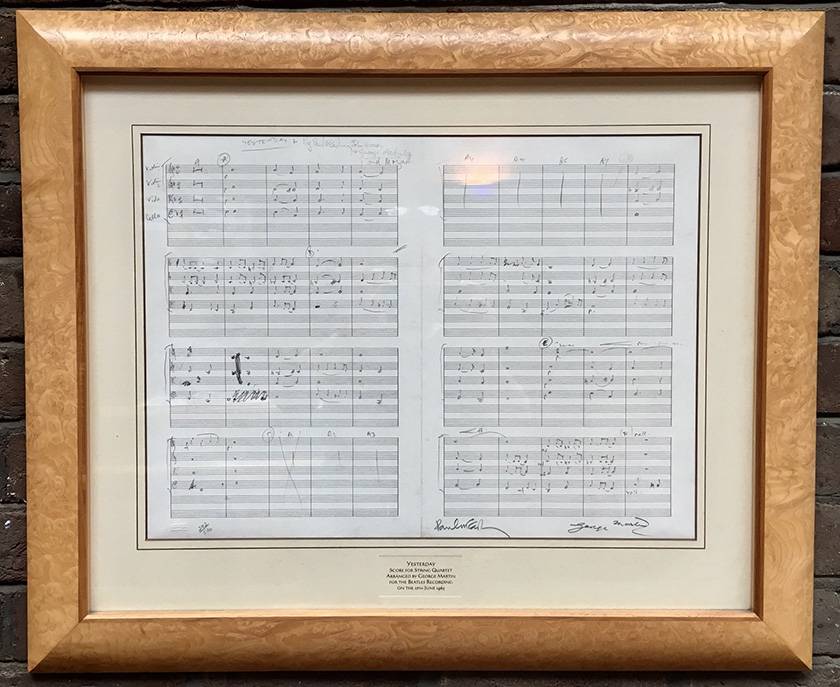
Yesterday [A string quartet score arranged by George Martin for the Beatles' recording on June 17, 1965].
It may be a replica display, but nonetheless, this seems to be the most original version available at present. If that's the case, what else do we need to search for?
When looking at the sheet music, the number of notes appears surprisingly sparse. It doesn't have the feel of a complicated piece. Someone of George Martin's caliber might have been able to create such an arrangement just by humming.
With this, it seems possible to use music notation software to create a clean score and generate MIDI data based on it!
SIBELIUS / Sibelius Artist Music Notation Software
PRESONUS / Notion 6 Japanese Version Music Notation Software
Once the sheet music is completed, all that's left is to play and record it perfectly.
However, there still seem to be challenges that need to be addressed.
The Persistent "Can You Even Play It?" Problem
It's easy to say, "Just play it perfectly."
But can you really play it? ≒ It's the same as saying you should probably give up because you can't play it anyway.
There are countless versions of "Yesterday" available worldwide, and it's more fun to just listen to it on YouTube and chat with friends, right?
I must admit, there is a part of me that whispers this.
However, if you don't pick up your instrument, place the bow, and start playing, no sound will come out.
It's easy to find countless reasons not to do it.
The Persistent "Can You Even Read Sheet Music?" Problem
This is a challenge that requires studying, even if it's just a quick fix.
As someone who started playing electric guitar after seeing KISS and Rainbow on NHK's Young Music Show in junior high, I certainly can't read sheet music properly. I relied on the TAB notation in Young Guitar magazine.
For those who have formally studied music, looking at a score means hearing the orchestra in their head, writing sheet music as naturally as writing a letter, finishing a simple arrangement at a table, clearly understanding the difference between equal temperament and just intonation, and moving their hands as soon as they see the sheet music.
I really hope such people aren't reading this blog...
"Recording Perfectly"
This is a matter of taking things as they come. We'll have to make do with whatever equipment we can get our hands on at the time. Sound House does offer a decent range of gear like microphones, DAWs, and interfaces, but it seems there's no such thing as a set that guarantees perfect recording.
SHURE (Shure) / SM57 Standard Instrument Microphone
There are many expensive microphones, but the SM57 is the quintessential mic that you can never go wrong with.
Recording environments vary based on personal preferences, budget, and location constraints. It’s ideal to work in a setup that allows you to progress with minimal stress. High-performance DAWs also require a highly capable PC, so be mindful of this. A DAW is just software; the actual work is done by the PC.
With an MTR (Multi-Track Recorder), there's no stress related to CPU performance. Its intuitive ease of use can sometimes make you feel like this is all you need.
BOSS / MICRO BR BR-80 Digital Recorder
When considering editing the recorded sound, using a DAW becomes the preferred option. However, it’s essential to think about how to capture relatively dry sound. I plan to explore this and the necessary equipment in a future post (if it happens) dedicated to recording on this blog.
So, everyone, how about preparing your instruments now? Ordering from Sound House is the fastest and cheapest option. The sooner you order, the sooner it arrives, allowing you to enjoy your instrument a day earlier in your lifetime.
If you plan to do multitrack recording alone, you only need one violin for a quartet. For example, even if you buy the PLAYTECH PVN244SET (violin), PVA255 (viola), and PVC244 (cello) all at once, it will only cost about 70,000 yen.
Are you starting to think that just listening to MIDI data through Windows sound sources might be enough? But as soon as you hear "Yesterday" played only through the PC's built-in GM sound source, sounding like an old TV game BGM, you might slam the table and shout, "That's not it!"
And you're right, it's not.
What exactly is different? Don’t you want to verify it with your hands, ears, and entire body?
Don’t you want to capture a glimpse of the miracle that the Beatles created? If so, let’s push this as far as we can.
The plan for the third installment (if it actually happens) is "Creating (or trying to create) the sheet music for the string parts of 'Yesterday'!! By the way, who will sing?"





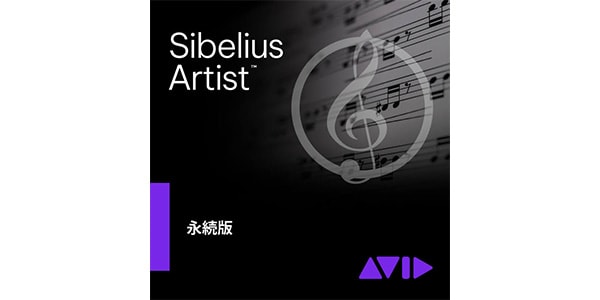
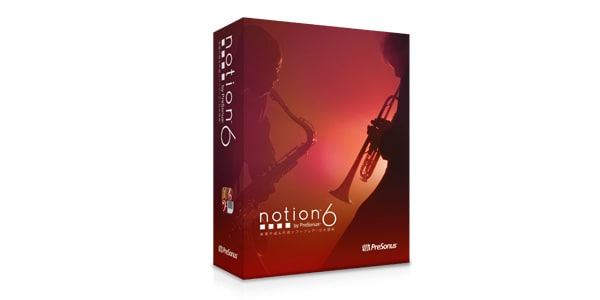
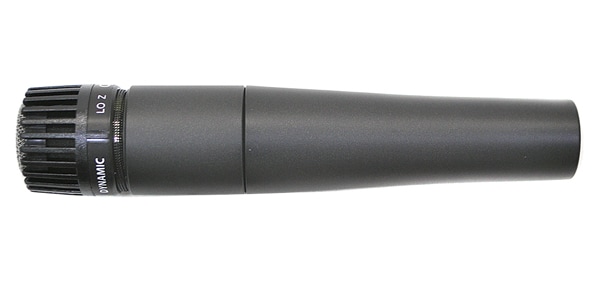
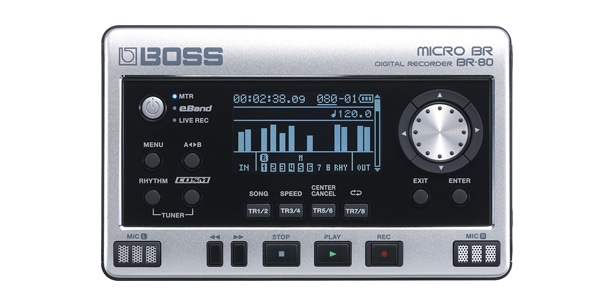
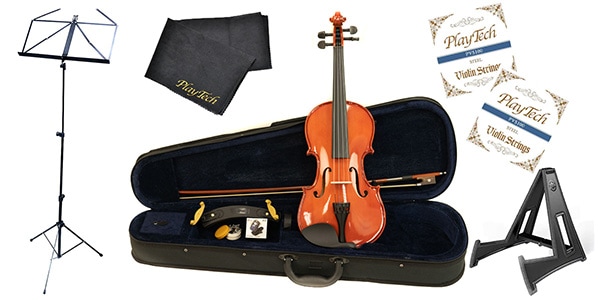
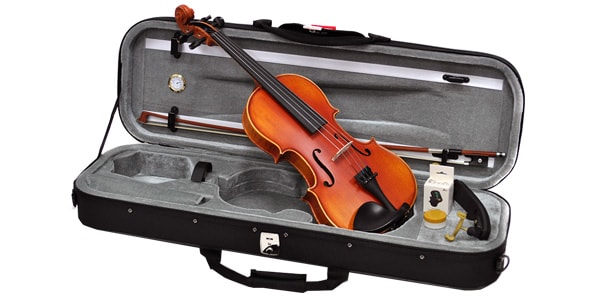
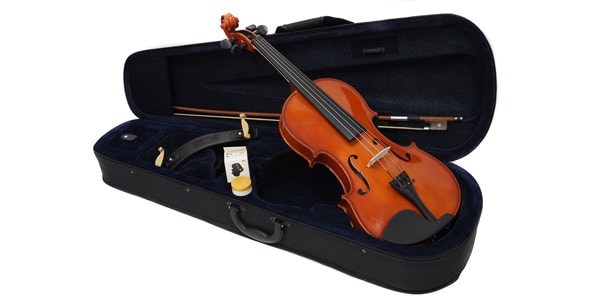
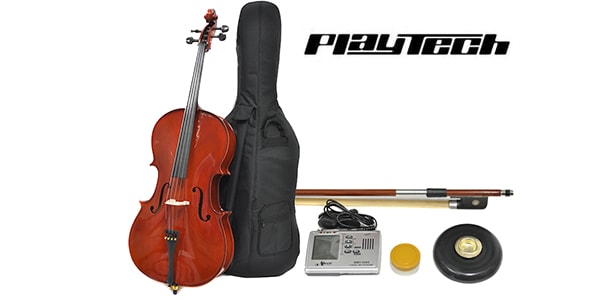

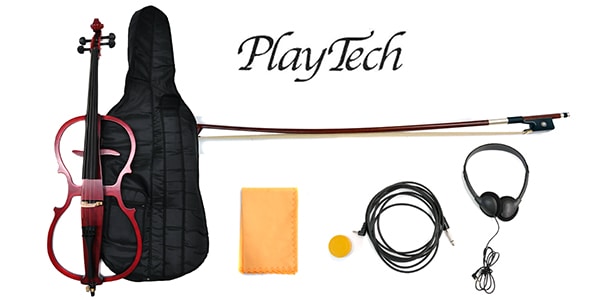

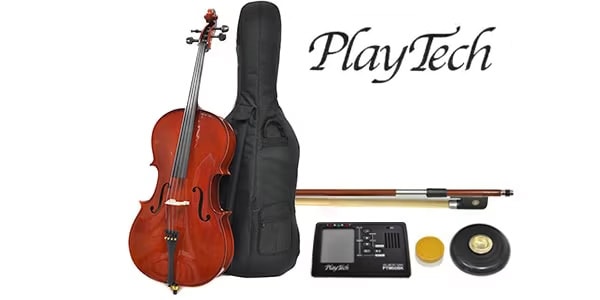
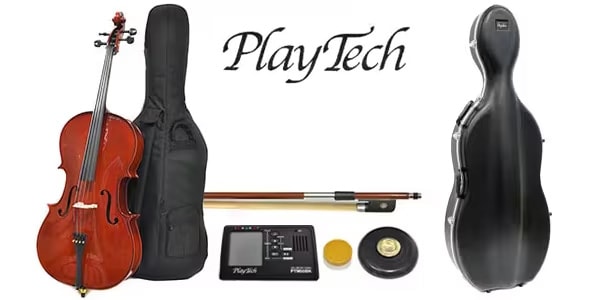
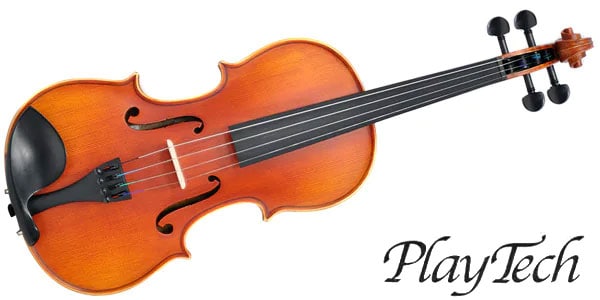




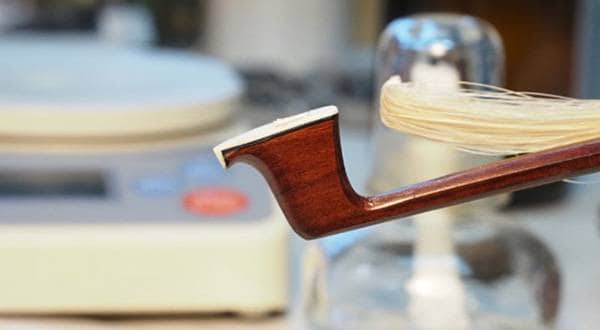
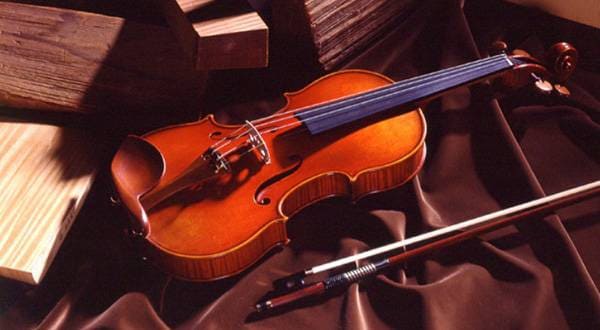
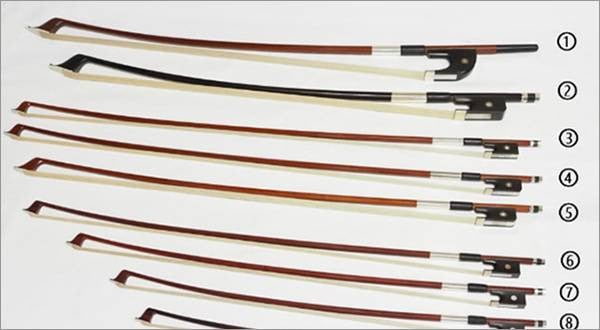
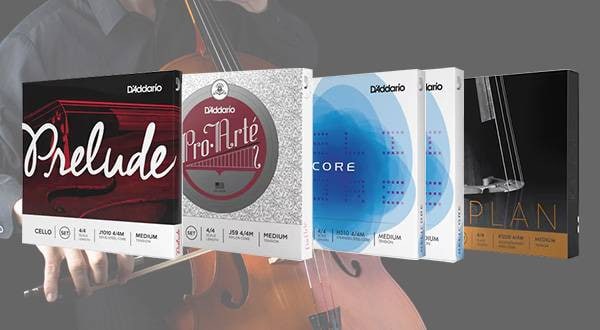
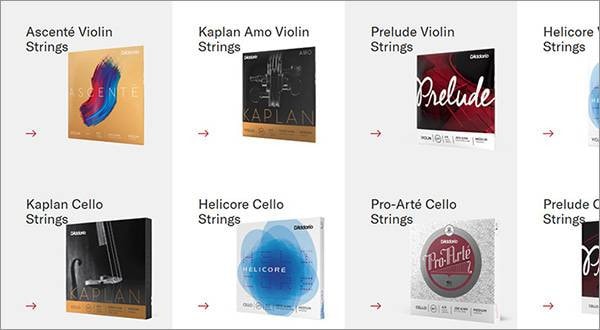
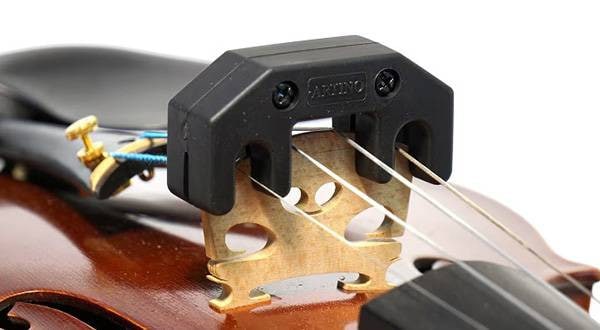
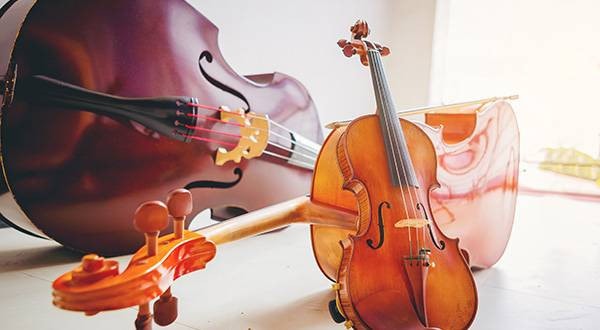
![[2025 Edition] Types of Cello Strings and Recommended Cello Strings!](/contents/uploads/thumbs/2/2023/8/20230824_2_23733_1.jpg)
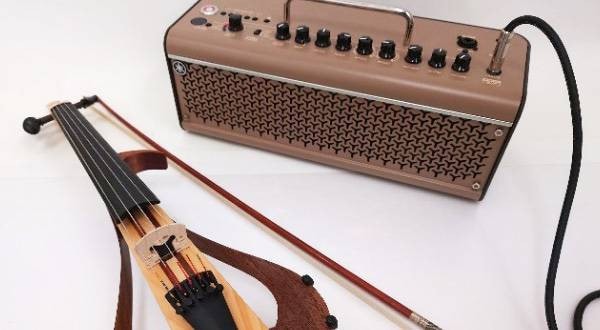
![[PLAYTECH] Round Bow vs. Square Bow Comparison](/contents/uploads/thumbs/2/2023/5/20230531_2_22832_1.jpg)
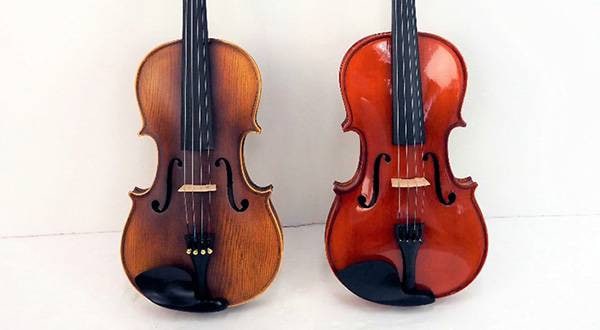
 PLAYTECH 弦楽器
PLAYTECH 弦楽器
 バイオリンの手入れ
バイオリンの手入れ
 バイオリンの調弦(チューニング)
バイオリンの調弦(チューニング)
 失敗しないバイオリンの弦交換
失敗しないバイオリンの弦交換
 バイオリンの基本的な取り扱い
バイオリンの基本的な取り扱い
 弦楽器 初心者講座
弦楽器 初心者講座















